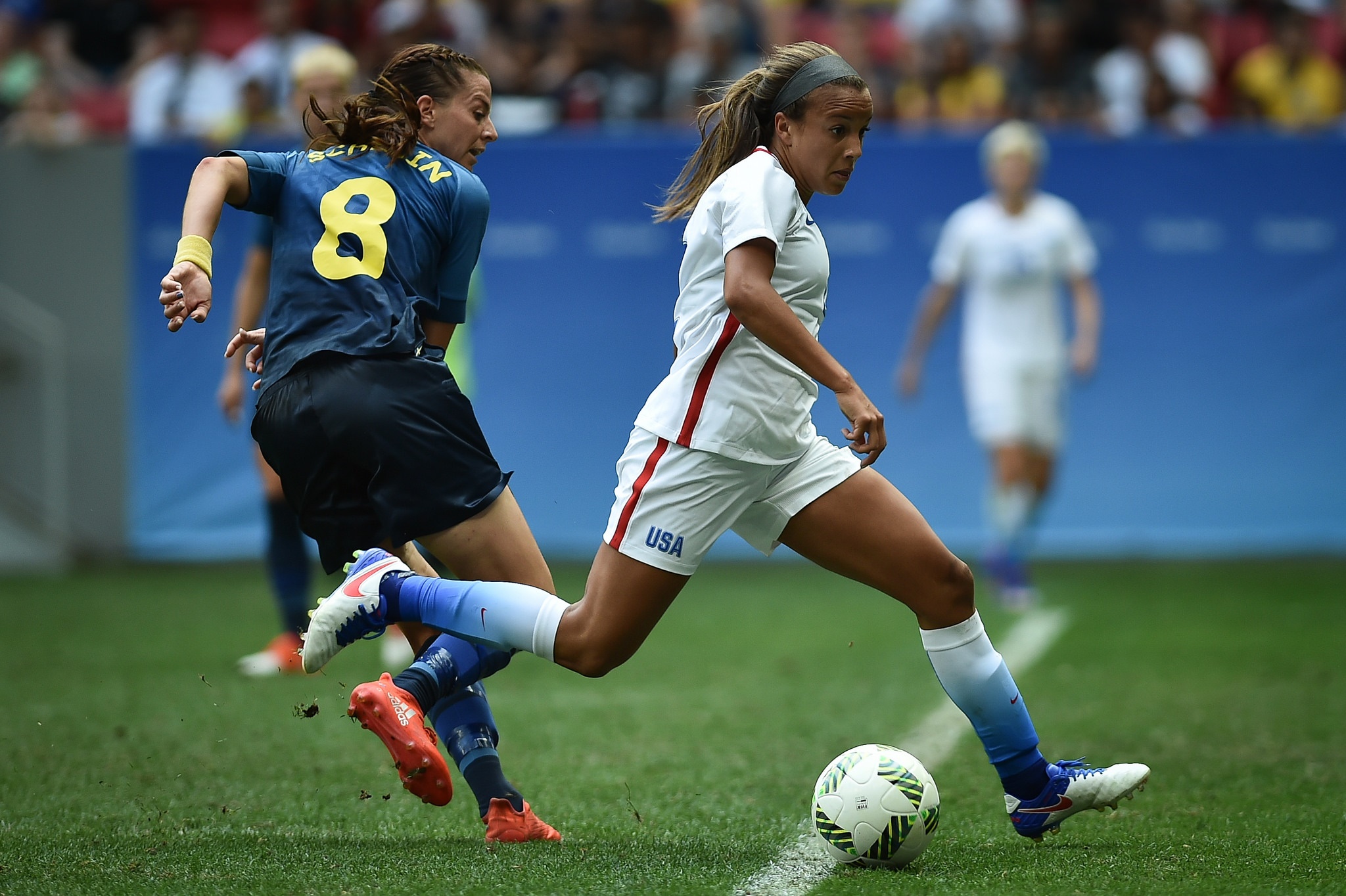Anterior cruciate ligament (ACL) injuries have become a prevalent concern in women’s soccer, impacting players at various levels of the sport. As the Women’s World Cup highlights the absence of top players due to ACL injuries, the need for preventive measures has come to the forefront. This issue has significant implications for athletes, particularly women, and suggests that addressing the problem should start early in a player’s career.
A Personal Perspective: The Impact of ACL Injuries
The emotional and physical toll of an ACL injury is profound. The injury often signifies a long road to recovery and surgery, leading players to miss extensive playing time. The author, who tore her ACL twice while playing soccer, emphasizes the need for solutions to prevent these injuries, especially for female athletes who face a higher risk than their male counterparts.
Understanding the Gender Disparity
Numerous studies indicate that female athletes are at a significantly higher risk of ACL tears compared to males. This discrepancy is attributed to multiple factors, including anatomical differences, biomechanics, hormonal influences, and environmental factors. The author refutes the common misconception that ACL injuries are solely caused by anatomical features like wide hips, highlighting the multifaceted nature of the issue.
Anatomy and Mechanics of ACL Injuries
The ACL is a ligament that plays a crucial role in lateral movement and stability of the knee joint. The angle between hip width and femur length (Q angle) is a contributing factor to ACL injuries. Women tend to have larger Q angles, leading to an increased susceptibility to ACL injuries, particularly when the knee collapses inward during lateral movements.
Preventive Measures: Neuromuscular Training
Preventing ACL injuries involves a combination of neuromuscular training and proper conditioning. A focus on strengthening the back chain muscles, such as hamstrings, glutes, and calves, helps stabilize the knee during movements like cutting and decelerating. Strengthening hip muscles and maintaining a lower, athletic stance further contribute to injury prevention.
Effective Prevention Programs
Injury prevention programs like PEP (Prevent Injury, Enhance Performance) and 11+ have been developed to address ACL injury risks. These programs consist of dynamic warm-up exercises that improve muscle memory, body control, and biomechanics. Research demonstrates that these programs significantly reduce ACL injury rates, emphasizing the importance of their implementation.
Starting Early: Preventing Injuries in Young Athletes
ACL injuries are not limited to professional players; they also affect younger athletes, including middle and high school students. The author highlights the need for injury prevention programs to be integrated into sports training at an early age. Parents, coaches, and trainers are encouraged to adopt these preventive measures and incorporate neuromuscular training into young athletes’ routines.
Beyond Winning: Emphasizing Long-Term Development
The focus on winning games and tournaments can overshadow the long-term development and well-being of athletes. Preventing injuries like ACL tears requires a shift in mindset, prioritizing athlete safety, wellness, and longevity. By implementing injury prevention programs during adolescence, players can reduce the likelihood of future injuries and enjoy sustained athletic careers.
A Call to Action: Changing the Culture
Addressing ACL injuries requires a collective effort from coaches, parents, athletes, and the sports community. The culture surrounding sports must shift to prioritize player safety and injury prevention. The goal is to create a new norm where injury prevention exercises are as essential as wearing protective gear, ensuring that athletes are equipped with the tools to safeguard their physical well-being.
Conclusion
The prevalence of injuries in women’s soccer is a serious concern that demands proactive measures. By understanding the factors contributing to ACL injuries and implementing effective preventive programs, athletes can significantly reduce their risk. Starting early and promoting a culture of injury prevention will not only protect athletes’ current well-being but also contribute to their long-term athletic success and overall health.
